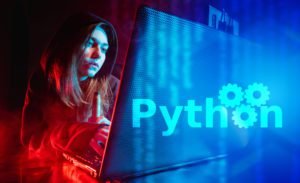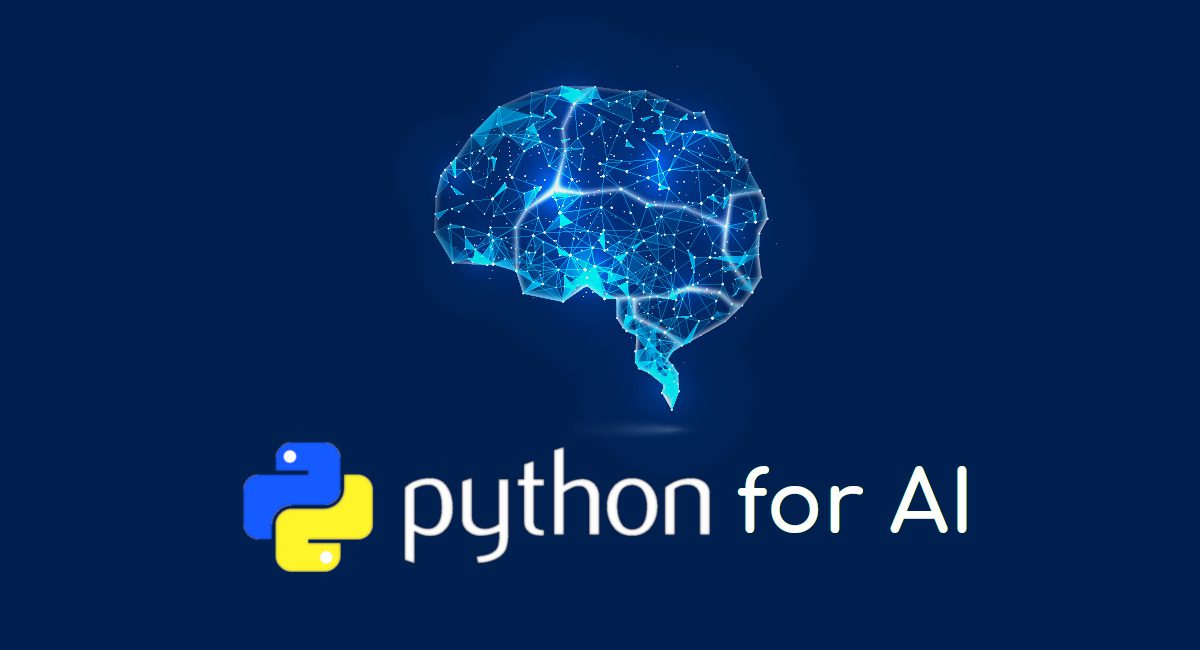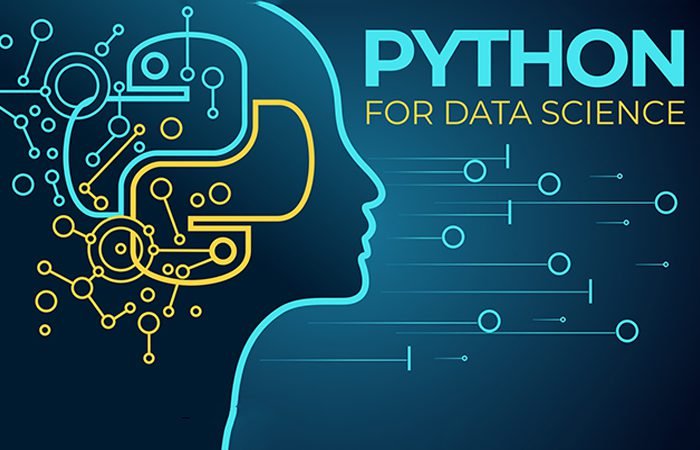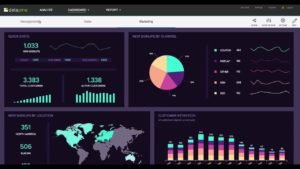Reading Time: 5 minutesAfter getting to know the fundamentals of Python programming, the everyday recommendation is to begin making applications yourself or begin doing Python initiatives, to similarly your getting to know. At a few points, you’ve were given to forestall doing physical games and begin making actual software.
But what must you make? When you’re an amateur, it’s now no longer usually apparent what’s feasible to make, not to mention what’s plausible at your contemporary talent stage. Projects provide you a promising manner to kick-begin your profession in this field. Not handiest do you get to examine extra approximately Python through making use of it, you furthermore may get initiatives to exhibit to your CV!
Nowadays, recruiters examine a candidate’s capability through his/her paintings. It wouldn’t count in case you simply inform them how a whole lot you realize when you have not anything to reveal to them! That’s in which maximum human beings conflict and omit out.
You would possibly have labored on numerous initiatives before, however, if you may make it presentable & smooth-to-explain, how on Earth might a person realize what you’re successful of?
That’s in which those initiatives will assist you. Think of the time you’ll spend on those initiatives like your schooling sessions. The extra time you spend practicing, the higher you’ll become! We’ve made positive to offer you with a flavor of lots of troubles from specific domains.
We trust every person should learn how to neatly paintings; as a result, a few improvement initiatives also are included. First, permit’s speak approximately thumb rule. THE three RULES FOR FINDING A PROJECT Pick a subject that pursuits you– If you’re prompted through the subject of a venture, you’ll be higher confronted to take at the roadblocks you face alongside the manner.
Think approximately why you’re getting to know– What do you need to ultimately do? Maybe you need to get into internet development, or perhaps robotics? Choosing a venture that intersects with this could additionally assist with motivation.
Don’t goal too massive– One of the maximum not unusual place problems with constructing initiatives is getting too ambitious, after which getting discouraged as you run into early troubles. Pick something small which you suppose you may gain in 2–three weeks.
Remember, it’s less difficult to make bigger your venture later than to try to construct something complicated immediately. After you’ve constructed some based initiatives, you’ll have the self-assurance and know-how to begin constructing a few extra loose shape initiatives and amplify yourself.
To assist make a decision on which to begin, we’ve divided this listing into 2 levels, namely: Beginner Level/Intermediate Level: This stage contains Python Projects which can be pretty smooth to paintings with, and don’t require complicated techniques.
 You can remedy them with the use of primary python programming course know-how together with features, conditional statements, etc. Advanced Level: This stage is exceptionally ideal for individuals who apprehend superior subjects like neural networks, deep getting to know, gadget getting to know, etc.
You can remedy them with the use of primary python programming course know-how together with features, conditional statements, etc. Advanced Level: This stage is exceptionally ideal for individuals who apprehend superior subjects like neural networks, deep getting to know, gadget getting to know, etc.
Also, that is the time to get creative. See the creativity brings out exceptional final results to paintings and codes. · Beginner Level/Intermediate Level: Dice Rolling Simulator: The Goal: Like the name suggests, this venture entails writing an application that simulates a rolling cube.
When this system runs, it’ll randomly select various among 1 and 6. (Or something different integer you prefer — the wide variety of facets at the die is as much as you.) The application will print what that wide variety is.
It must then ask you in case you’d want to roll again. For this venture, you’ll want to set the min and max wide variety that your cube can produce. For the common die, which means no less than 1 and a most of 6. You’ll additionally need a feature that randomly grabs various inside that variety and prints it. Concepts to hold in mind: Random Integer Print While Loops Guess the Number: The Goal: Similar to the primary venture, this venture additionally makes use of the random module in Python.
The application will first randomly generate various unknowns for the consumer. The consumer desires to wager what that wide variety is. (In different words, the consumer desires which will enter information.) If the consumer’s wager is wrong, this system must go back a few kinds of indication as to how wrong (e.g. the wide variety is just too excessive or too low).
If the consumer guesses correctly, a fine indication must appear. You’ll want features to test if the consumer enter is a real wide variety, to look at the distinction among the inputted wide variety and the randomly generated numbers, and to then examine the numbers. Concepts to hold in mind: Random feature Variables Integers enter/output Print While loops If/Else statements Calculator: The Goal: To make an easy or clinical calculator.
The calculator may be an amazing amateur venture. You can similarly upload extra capability together with an image consumer interface, extra complicated calculations. You’ll want activates for consumers to enter, and then print out the whole output. Concepts to hold in mind: Strings Variables Concatenation Print · Advanced Level: Web Scraping: Some precise internet scraping thoughts are indexed underneath Quote of the day News Cricket rankings Sports Schedule Stock marketplace details Weather report And a whole lot extra.
Machine Learning: The maximum vital thing is the facts. You want facts to run something you need to do venture the use of ML. You can discover a few loose facts units at https://www.kaggle.com. If you’re simply beginning out, those are the facts units we recommend. Iris dataset. Titanic dataset. Loan prediction. three.Raspberry pi: A lot of initiatives may be executed by the use of raspberry pi and python.
 You could make a robot, clever reflect or a clever clock. Remember the sky is restricted however creativeness is countless and the use of Python training and creativeness may be made feasible.
You could make a robot, clever reflect or a clever clock. Remember the sky is restricted however creativeness is countless and the use of Python training and creativeness may be made feasible.
For extra venture thoughts on raspberry pi, this web web page can assist you. 4. Internet of Things or IoT: The subsequent massive component withinside the enterprise is now the Internet of Things.
Iot is the inter-networking of bodily gadgets like sensors, cars, or truly a clever tool and linking them to the cloud, for you to get updates remotely from nearly anywhere. IoT has promising programs for clever homes, wearable gadgets, clever cities, related motors, and extra. Generally, Iot initiatives are very difficult however you may observe this hyperlink to get commenced with Iot.
Here at Imarticus Learning, we offer enterprise exceptional realistic orientated Iot direction with enterprise exceptional mentors. The exceptional part of this direction is that you may be constructing 6 initiatives, to be able to provide you with an entire concept of ways electronics manage structures paintings.
The direction consists of the following first-rate initiatives: Room Temperature Monitoring System Motion Detection System Soil Moisture Sensor Home Automation System Smile Detection the use of Raspberry Pi Camera The direction gives you cool initiatives plus an assured internship.
Related Article:
Python Coding Tips For Beginners




 You can remedy them with the use of primary
You can remedy them with the use of primary  You could make a robot, clever reflect or a clever clock. Remember the sky is restricted however creativeness is countless and the use of
You could make a robot, clever reflect or a clever clock. Remember the sky is restricted however creativeness is countless and the use of 
